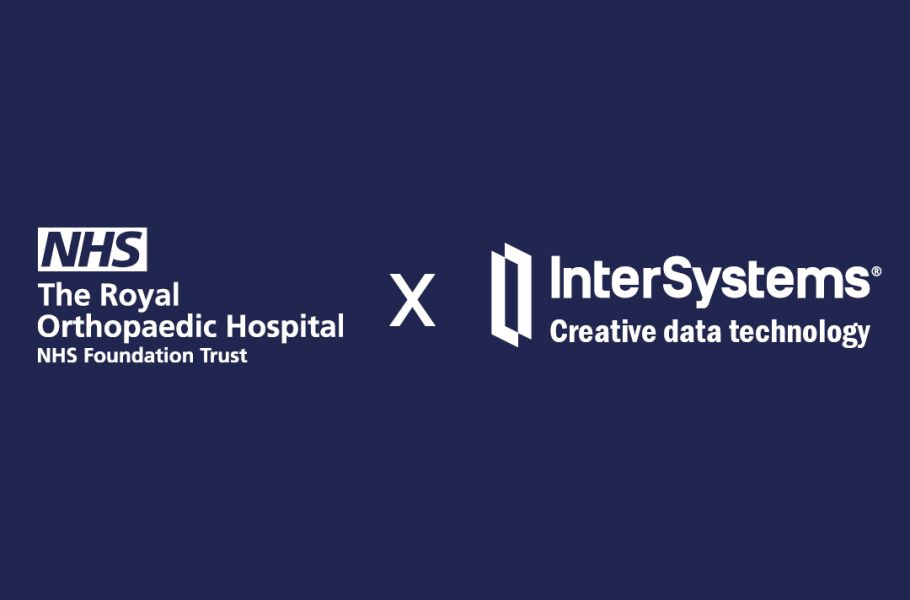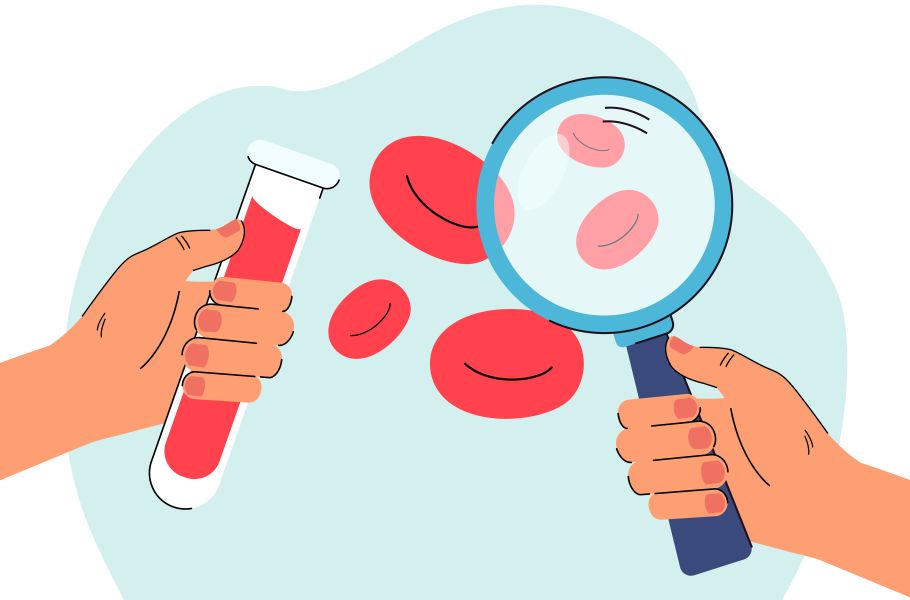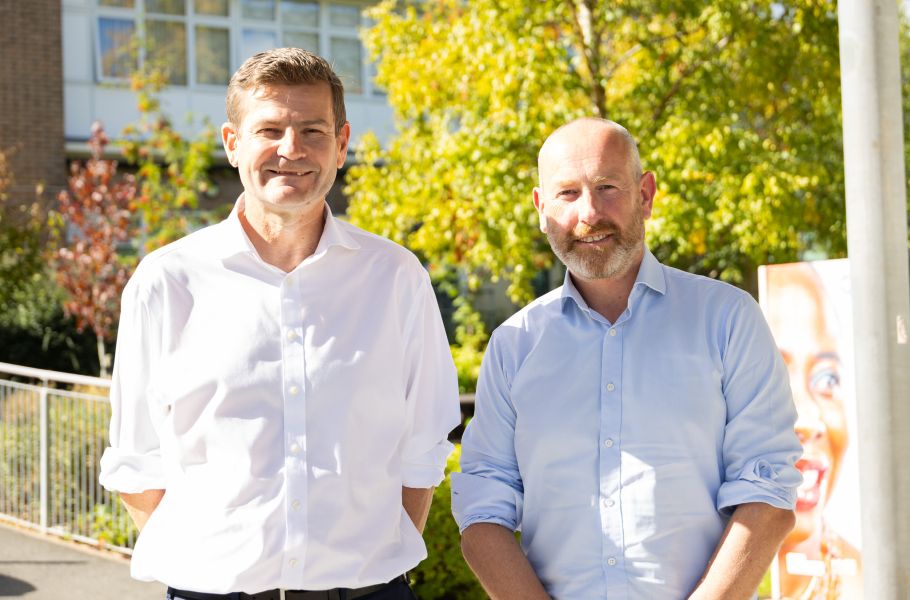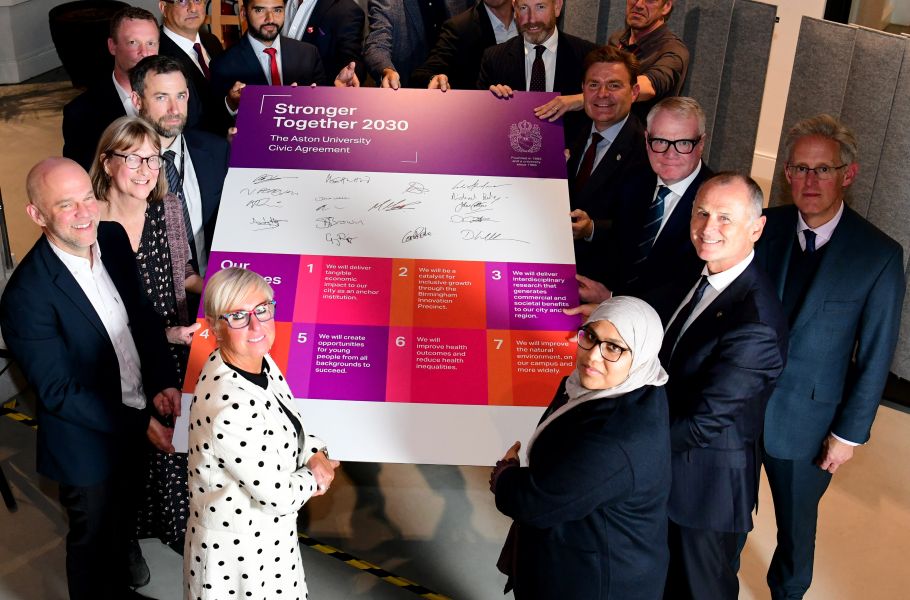Back pain programme nationally recognised as it adapts for pandemic

A programme to treat low back pain, which was developed at The Royal Orthopaedic Hospital (ROH), has been recognised nationally for the way it has adapted, by providing a virtual platform to treat patients in the COVID-19 pandemic.
The Back to Life programme uses physical and psychological principles to help improve confidence, address fears regarding movement and provide a structured plan of recovery. There is a strong emphasis in helping patients to gain a better understanding of their pain, and what they can do to reduce its impact and improve their health related quality of life.
The NHS Change Challenge aims to capture some of the new and innovative techniques that have developed quickly as part of the response to COVID-19. It appealed to patients, healthcare professionals, leaders and organisations involved in trauma and orthopaedics, musculoskeletal care and rheumatology to share their experiences and submit their #NHSChangeChallenge ideas.

Back to Life Online was recognised as an innovative programme of care that has adapted due to the Covid-19 pandemic. The pandemic prevented the clinical team from continuing to provide face-to-face, group-based combined physical and psychological (CPPP) treatment for low back pain.
To establish a virtual online programme, the team brought together colleagues from a range of specialities, including communications, governance, IT, administration as well as patient representation, to ensure the technological and administrative transition to an online programme went smoothly and didn’t impact on the high quality care provided by our team of physiotherapists, doctors and pain counsellor.
Challenges included training clinical teams to use Zoom, an online video conferencing platform, training the administration team in new protocols and processes, ensuring the treatment could be provided safely in patients’ remote locations and developing better resources for providing treatment virtually.
What was the impact?
Advanced Practice Physiotherapist and Clinical Lead for the Back to Life programme, David Rogers, said: “Having completed several treatment programmes, we demonstrated that clinical outcomes and patient satisfaction scores appear comparable to face-to-face group treatment. The transition to a virtual service has been an excellent learning opportunity for the team and has provided us with some new skills to provide treatment. Current data suggests there was a slightly higher drop-out rate on the programme using the virtual approach and we are currently exploring the reasons for this.
Advanced Practice Physiotherapist and Clinical Lead for the Back to Life programme, David Rogers (pictured above)
“We were compelled to change the way we provided CPPP during the pandemic as the treatment previously relied on a group-based, face-to-face programme spread over several sessions. Unless we moved to a virtual service, this would have been suspended for a prolonged period of time.
“We had previously considered a virtual service due to limited clinical space to provide the programme and some patients were travelling long distances to attend. Indeed making the service more accessible for all patients, irrespective of geography was one of the most compelling reasons for making the change.
“We are still collecting data on the impact of the virtual service but initial data indicates significant improvement in pain-related disability and self-efficacy for patients with low back pain who completed the virtual programme.
“The virtual service provides better green credentials as there is no travel involved and no transport costs incurred. There are also lower costs as we are not relying on using a facility to provide the treatment, with all clinicians providing treatment remotely. This also makes it more accessible for patients who have to travel a significant distance to access the programme. In the long term, we would hope we can offer a hybrid approach for patients accessing the service, with the option of them attending wither a face to face programme or a virtual programme, thereby enhancing patient choice.
“We have already communicated the benefits of the new programme to local stakeholders and can offer this treatment to other local trusts should they wish to access it. It has been embedded into existing commissioning arrangements.
“We would be happy to share this new approach with others who may have an interest in the change.”
A patient part of Back to Life Online said: “I now understand more about how the pain is caused and how to deal with flare-ups without reaching for medication. I like that I can still refer back to the documents on the (ROH) website. For me, the online meetings suited me better than if they had been at the hospital.”
You can find out more about the programme here.










